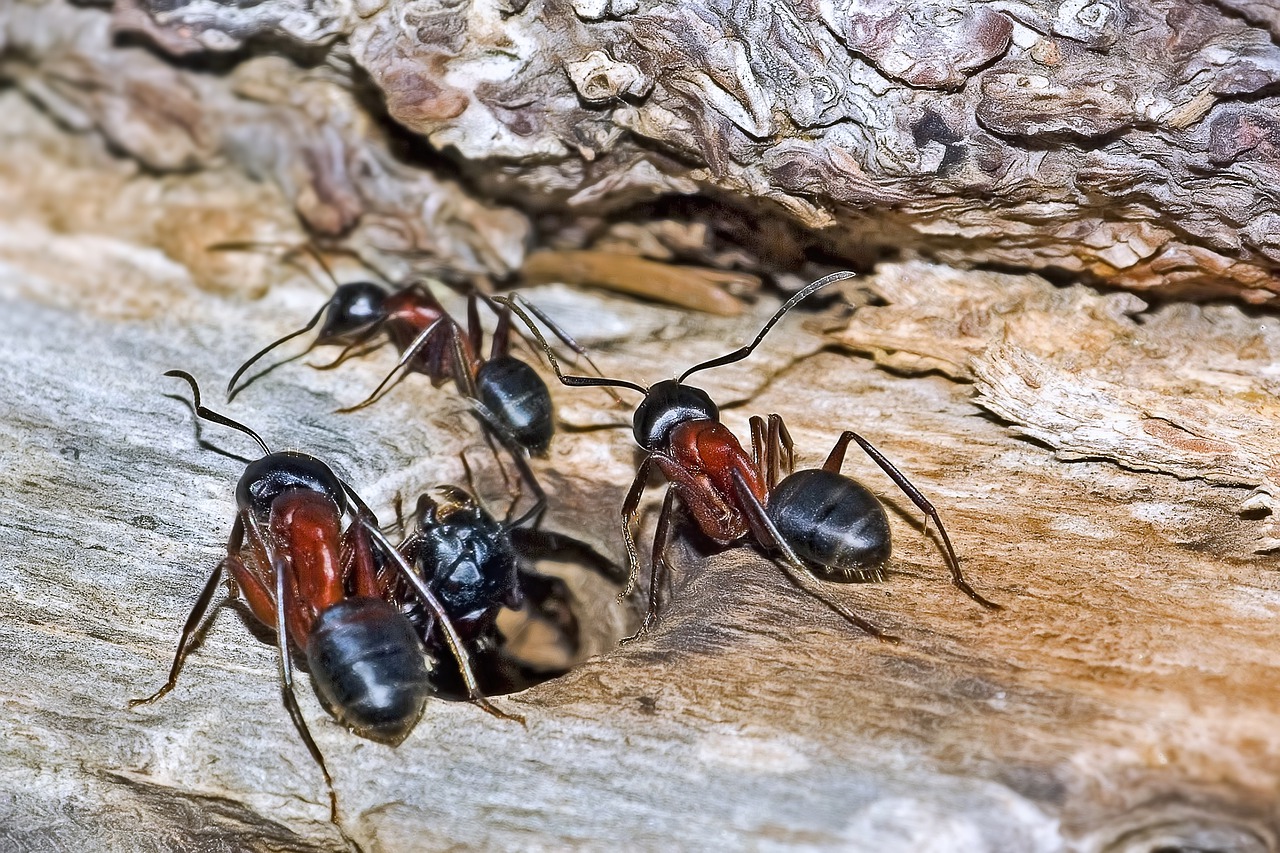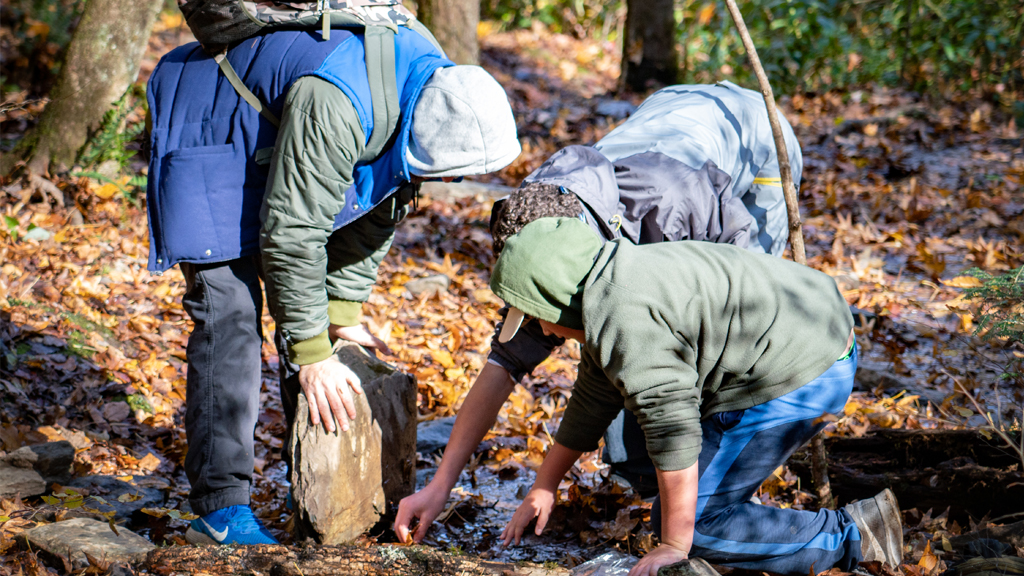How Do Ants Help the Plants and Animals of the Woods?
NSTA Playlist
Instructional Materials Is Lesson Plan Life Science Multilingual Learners NGSS Three-Dimensional Learning Elementary Grade K
Sensemaking Checklist




What Are NSTA Playlists?
Playlists are bundles of resources to support contemporary Science/STEM teaching and learning placing equity at the center of instruction. These playlists contain instructional materials and/or assessment tasks for classroom use paired with professional learning resources to support implementation.
Description
This playlist features a kindergarten life science unit and includes all teacher and student materials. In the unit, students answer the following driving question: How do ants help the plants and animals of the woods? This playlist includes two resources:
- The unit and all supplementary materials.
- A series of three Next Gen Navigator articles highlighting phenomena and problems that students experience in their homes and communities.
Playlist
1 - How Do Ants Help the Plants and Animals of the Woods? Grade K Life Science Unit
Students, as scientists, investigate the behaviors and needs of ants in an ant farm. They find out that ants help plants live and grow by spreading seeds and providing a place for plants to live and grow. Students observe plants growing around the school. They argue that plants need water and light to live and grow and that animals need water and food to live and grow. Ants serve as a food source for some animals, so the animals that eat ants can live and grow. Students obtain information about animals that eat plants or other animals like ants for food. They analyze and interpret patterns in the data that show plants and animals live and grow in places that have what they need. Students argue that plants and animals like ants change their environment.

2 - Local Phenomena (Next Gen Navigator)
The introduction and three articles in this Next Gen Navigator issue highlight phenomena and problems that students experience in their homes and communities. Making sense of personally relevant phenomena is a critically important component of supporting equity in science education–“all standards, all students.” Local phenomena promote both equity and science. From an equity perspective, through place-based learning, students apply science and engineering to their daily lives in local contexts of home and community. All students bring with them a vast array of cultural and community resources that help them make sense of phenomena and problems. From a science perspective, through project-based learning, students integrate science disciplines as they investigate a driving question to explain a phenomenon and design engineering solutions to a problem.

Acknowledgements
How Do Ants Help the Plants and Animals of the Woods? Grade K Life Science Unit was developed by:
- Rita Januszyk and Alison Haas (unit writers)
- Valerie Joyner for her input to the unit with an understanding of kindergarten students)
- Kindergarten teachers and students at Avery Coonley School, Downers Grove, Illinois


